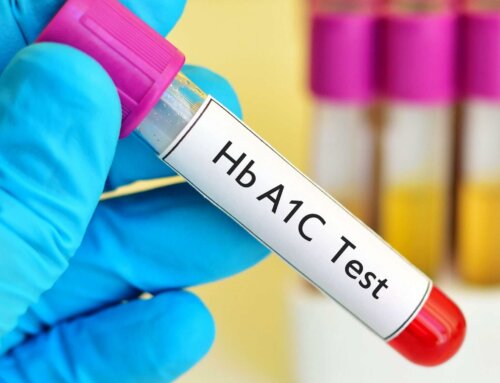Did you know that gum disease can lead to a heart attack? Did you know that the bacteria in dental plaque can enter into your blood stream through bleeding gums and stick to your heart valves? Do I have your attention? I hope so! When you spit after brushing your teeth, does your saliva appear to be pink or red? If the answer is yes, it is likely that you have gum disease.
Gingivitis, also known as gum disease, and periodontitis, an advanced stage of gum disease with bone loss, are common infections among people with diabetes. People with Type 2 diabetes are twice as likely as a non-diabetic to develop gum disease.
Many of you have already heard these tips before, but gum health is beneficial to everyone and especially for people who have diabetes, so here goes:
- Brush your teeth and gums at least twice a day, preferably after every meal.
- Use a soft bristle toothbrush. Use a gentle touch when brushing your teeth. If you brush too hard and/or use an abrasive toothbrush, you brush away the protective enamel from your teeth. Brushing away enamel can lead to tooth sensitivity and weakened teeth.
- Consider using an electric tooth brush. Studies show that an electric toothbrush removes significantly more plaque than by using a manual brush. Many electric toothbrushes have sensors that detect if we are brushing too hard and will stop spinning, alerting us to apply less pressure.
- Floss every day. Add flossing to your routine once a day, or even a couple of times a week, to start. Once you feel the clean, fresh feeling flossing gives you, you will naturally want to do it more. Try using a floss aid if wrapping traditional dental floss around your fingers is uncomfortable. This will make it easier to grip and maneuver the dental floss between the teeth.
- Chew gum containing Xylitol. Chewing gum brushes up against our teeth and wipes away the plaque and bacteria. Chewing gum also stimulates saliva production. Saliva acts as a cleansing agent by washing away some of the plaque and bacteria. Of course, we want to choose a sugar free gum. I like chewing gum with Xylitol in it. Xylitol is a naturally occurring sweetener found in fibrous plants and vegetables. Xylitol has 40% fewer calories than sugar, and is slowly absorbed and metabolized without affecting insulin levels. Xylitol has a glycemic index of 7 as compared to sugar’s glycemic index of 100. The bacteria in our mouth cannot metabolize Xylitol. So, chewing gum with Xylitol will help in the prevention of tooth decay, plaque formation and other periodontal problems.
- Prevent dry mouth. One of the more common oral health problems for people who have diabetes is dry mouth or altered salivary flow. Many medications can cause dry mouth and decrease the body’s ability to fight off infection. If there is not enough saliva, then the infection causing bacteria will thrive and contribute to the advancement of periodontal disease and increased cavities. If dry mouth is an issue for you, I recommend dry mouth products from Biotene® such as the toothpastes, rinses, gels, and chewing gum. These dry mouth products will help to supplement saliva’s natural antibacterial system. They will help to fight gum disease by stimulating saliva production and removing the offensive bacteria.
- Regular dentist visits – I advise all of my patients with periodontal disease and patients with a family history of periodontal disease to come in for a teeth cleaning four times a year. Studies show that the irritating bacteria build up at three month intervals. So, having a professional cleaning every three months will greatly reduce your chances of developing gum disease and will promote a healthy mouth.
People with diabetes have a higher chance of tooth decay and gum disease, making oral health that much more important. Preventing gum disease will protect your mouth, your heart and also your overall health. I hope that today, you will begin the rewarding journey of keeping a healthy mouth, dazzling smile and your teeth for a lifetime!






Leave A Comment